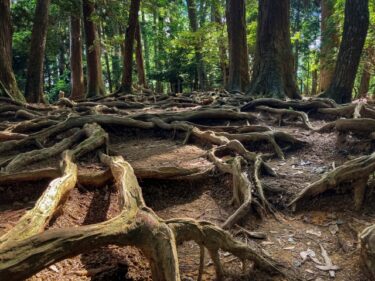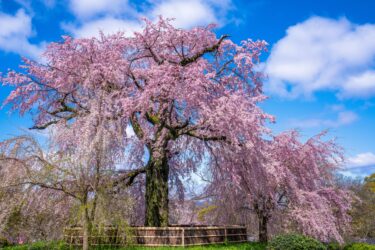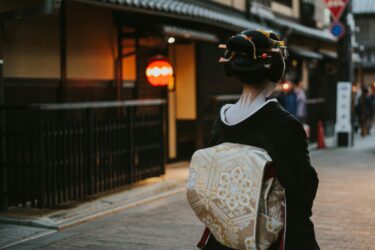While Kyoto is known for its stunning temples and serene gardens, it also offers a number of hidden hiking trails through some beautiful nature. In this guide, we will take you off the beaten path and delve into the picturesque beauty of Kyoto’s hiking trails and paths. The city’s surprisingly diverse landscapes offer a range of hiking opportunities suitable for all levels of ability. Whether you’re an experienced hiker or a beginner looking for a leisurely stroll, there is a trail in Kyoto to enjoy.
Along the way, you’ll encounter ancient shrines, breathtaking vistas, and the peaceful sounds of nature–away from the bustling crowds of tourists.
Popular hiking trails in Kyoto for all skill levels
Mt. Hiei
Kyoto is home to a variety of popular hiking trails that cater to all levels of ability. One such trail is the hike up Mount Hiei, a sacred mountain that offers breathtaking views of the city.
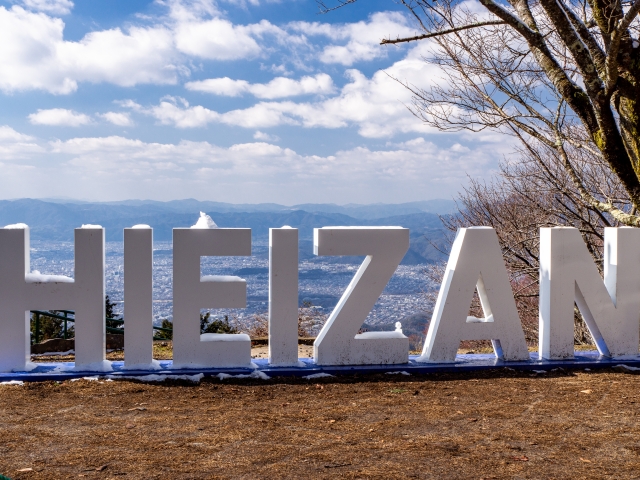
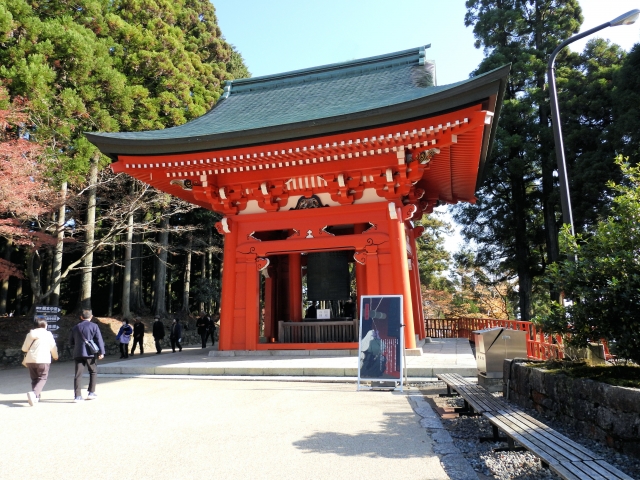
Difficulty: Moderate
Time: Approx. 3 hours
The mountain trail will take you through forested paths, and there is also the incredible temple complex of Enryaku-ji near the top, which was first founded in 788. A cable car and shuttle bus is also available to reach the mountaintop, so you can adjust the time and amount of walking you do – even catching a ride down if your knees don’t feel up to it.
To get there: Head to Demachiyanagi Station on the Keihan Line, and transfer to the Eizan Main Line. Take this train for approx. 28 minutes to Yase-Hieizan Guchi Station. From there, it’s a short walk to the base of Mt. Hiei where you can begin your hike.
Kurama-Kibune
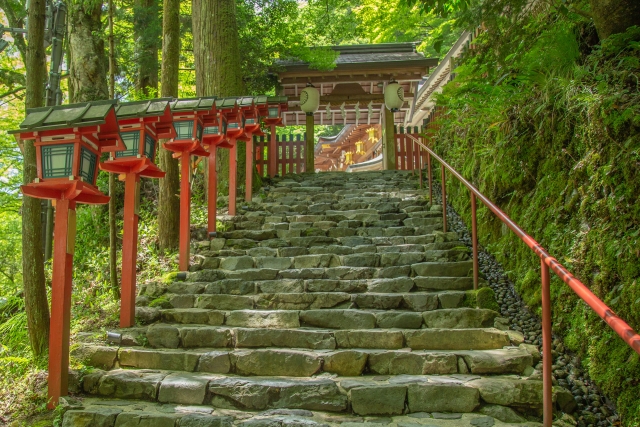
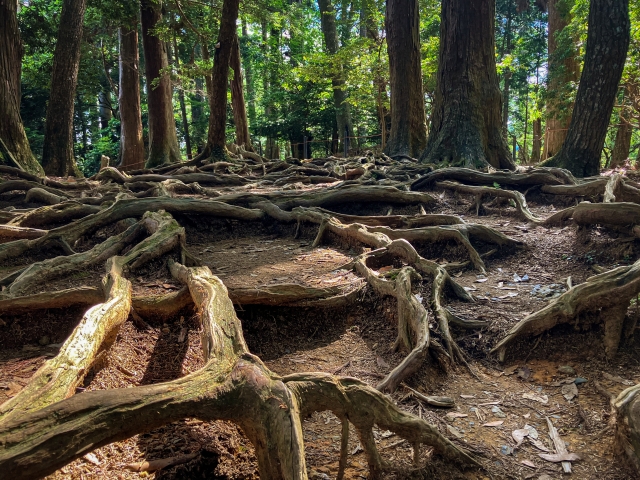
Difficulty: Easy
Time: Approx. 3 hours
Another popular trail is the hike to Kurama-dera Temple, located in the Kurama mountains. This trail is steeped in legend and offers stunning views of the surrounding countryside. Along the way, you’ll pass through dense forests and encounter hidden waterfalls, making it a truly magical experience.
To get there: Head to Demachiyanagi Station on the Keihan Line, and transfer to the Eizan Main Line bound for Kurama. Take this train for approx. 30 minutes to Kurama Station, the end of the line. From there, walk to Kurama-dera Temple to begin the hike, which passes over the mountain to finish near Kibune Shrine. You can return to the city from Kibune-guchi Station at the hike’s end.
Mt. Daimonji
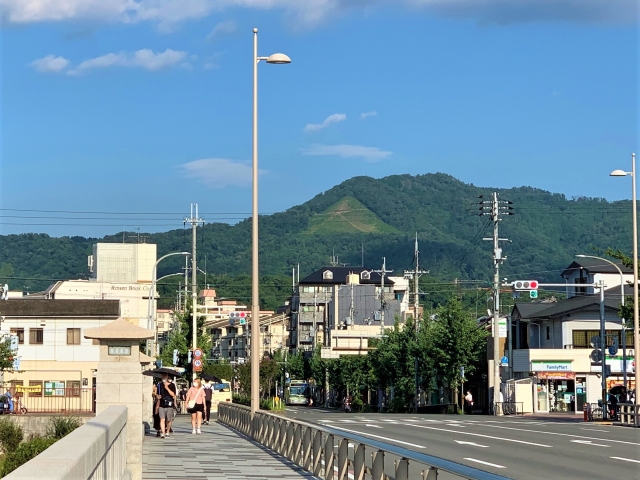
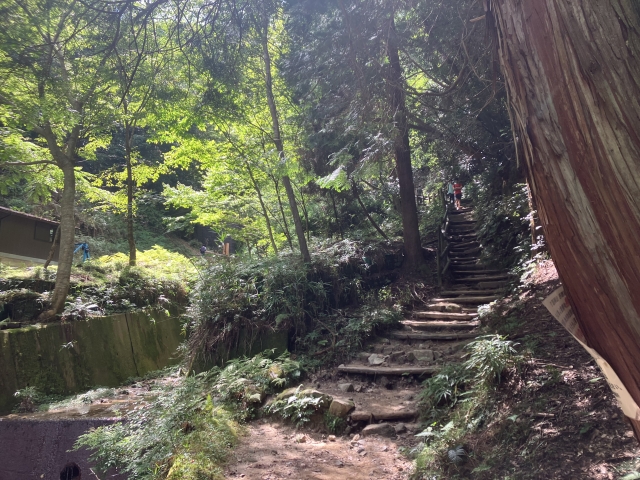
Difficulty: Moderate
Time: Approx. 1 hour
This small mountain The trail to Mount Daimonji is a moderate hike that rewards you with panoramic views of Kyoto. The trail can be steep in some sections, but it is manageable for those with a moderate level of fitness. You might even see some locals running the trail for a regular workout. Though the trail is easily accessed from the city center, do be sure to wear proper footwear!
To get there: This hike can be completed in a loop from Ginkaku-ji Temple, which you can reach by bus, or even by bike, depending on where you’re staying. From Kyoto Station, you can get to the temple in about 40 minutes on bus 5 or 17.
Fushimi Inari Summit
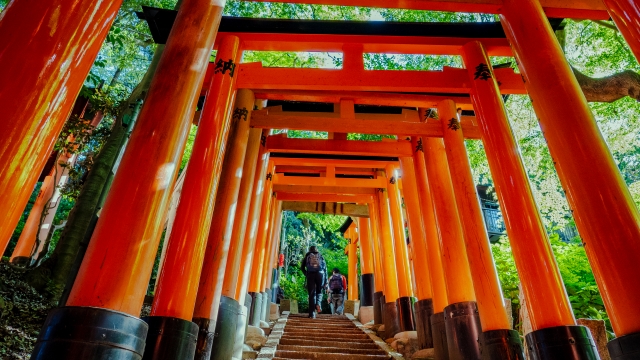
Difficulty: Easy
Time: Approx. 3 hours
The Fushimi Inari Taisha trail is a popular choice for beginners. This trail takes you through thousands of vibrant red torii gates and offers a relatively easy hike, though it takes some time to reach the summit.
To get there: You can find the shrine just nearby either Fushimi-Inari Station on the Keihan Line (about 9 minutes from Gion-Shijo Station), or Inari Station on the JR Nara Line (about 5 minutes from Kyoto Station).
Mt. Atago
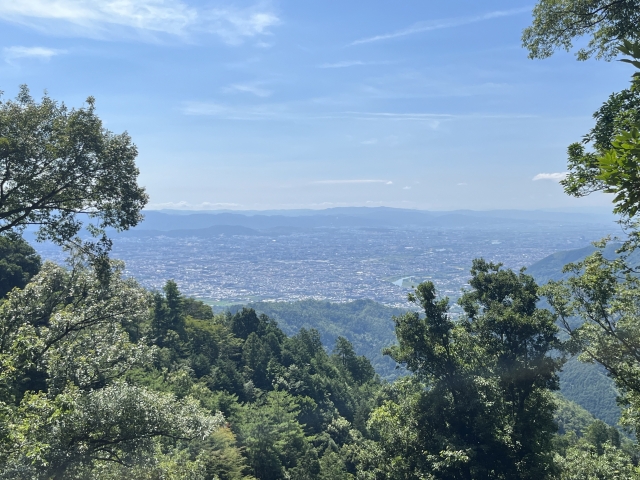
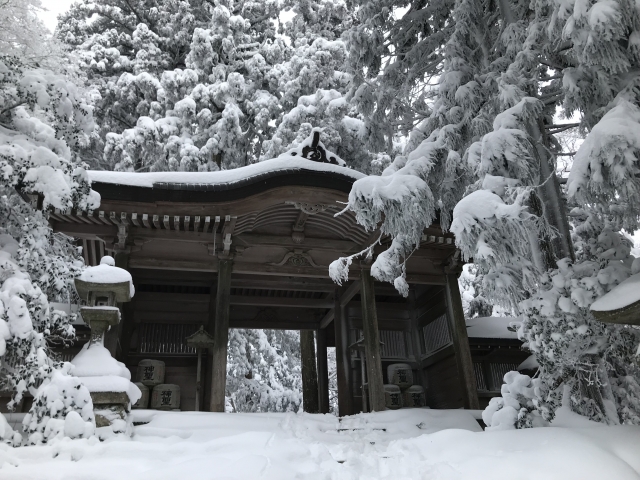
Difficulty: Advanced
Time: Approx. 5 hours
For experienced hikers looking for a challenge, the trail to Mount Atago is a great option. This trail is steep and requires a good level of fitness, but the stunning views from the summit make it worthwhile. At the end of the trail, you can stop to eat a packed lunch under the trees, just outside of Atago Shrine. Though winter hiking is a bit more unusual, the shrine grounds are also incredibly atmospheric in the winter snow – just be sure to hike safely and bring the proper gear if you hike in these conditions.
To get there: From Hankyu Arashiyama Station, take bus 62, 72, 92 or 94 to Kiyotaki bus stop (about 15 minutes). You’ll be dropped in a scenic spot by a river. From the bus stop, facing the road, head to the left and across the bridge. You’ll walk about 5 minutes through the village to reach the trail head, which is marked by a red torii gate.
Best time to go hiking in Kyoto
The best time to go hiking in Kyoto is during spring and autumn, when the weather is mild and the scenery is at some of its most beautiful. In spring, the cherry blossoms bloom during the end of March – beginning of April, and if you’re lucky enough to catch them, they paint the trails with a vibrant palette of pink and white.
Autumn, on the other hand, brings a stunning display of colors as the leaves change from green to shades of fiery red, orange, and yellow, and its a wonderful time to experience the outdoors in Kyoto. Just be aware, if you’re heading into the mountains, that the cooler temperatures of these slightly higher elevations means these leaves will turn – and fall – earlier than within the city!
Essential hiking gear for Kyoto trails
When you head out for a hike in Kyoto, it’s important to come prepared with the right gear. Here are some essential items to pack:
1. Hiking shoes: Though you don’t need hiking shoes or boots for all of these trails, it’s a good idea to wear closed-toe shoes with a sturdy sole for better traction on uneven terrain.
2. Weather-appropriate clothing: Dress in layers, as the weather can change quickly.
3. Backpack: Carry a comfortable backpack to store water, snacks, a map, and any other essentials you may need during your hike.
4. Water and snacks: Stay hydrated by carrying an ample supply of water, and pack some energy-boosting snacks to keep you fueled throughout the hike. Just remember to carry any trash home with you!
5. Sun protection: Don’t forget to bring sunscreen, sunglasses, and a hat to protect yourself from the sun’s rays.
Remember to check the weather forecast before your hike and adjust your gear accordingly.
Hiking etiquette in Kyoto
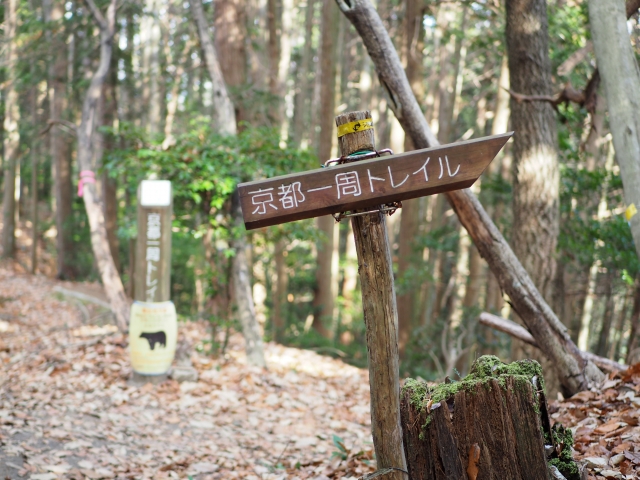
When hiking in Kyoto, it’s important to adhere to proper hiking etiquette to ensure a respectful and enjoyable experience for all. Here are some etiquette guidelines to follow:
1. Leave no trace: Pack out what you pack in and dispose of any waste in designated bins. Respect the environment by leaving it as you found it is a code in many places, but in Japan in particular, trash bins are scarce, so plan to take home any trash with you.
2. Be mindful of noise: Kyoto’s hiking trails are a place of tranquility, and many of those mentioned here are also home to temples or shrines. Keep noise to a minimum to preserve the peaceful atmosphere and respect the experience of fellow hikers.
3. Yield to others: If you encounter other hikers on narrow paths, yield to them by stepping aside and allowing them to pass.
4. Respect cultural sites: Many hiking trails in Kyoto lead to ancient temples and shrines. Treat these sites with respect by observing any rules or restrictions, such as removing your shoes or refraining from photography in certain areas.
Kyoto’s hidden trails offer a unique opportunity to connect with nature and immerse yourself in the rich history of this ancient city. From the sacred mountains of Hiei and Kurama to the lush forests of Arashiyama, Kyoto’s hiking trails cater to all levels of ability and provide a memorable experience for outdoor enthusiasts.

